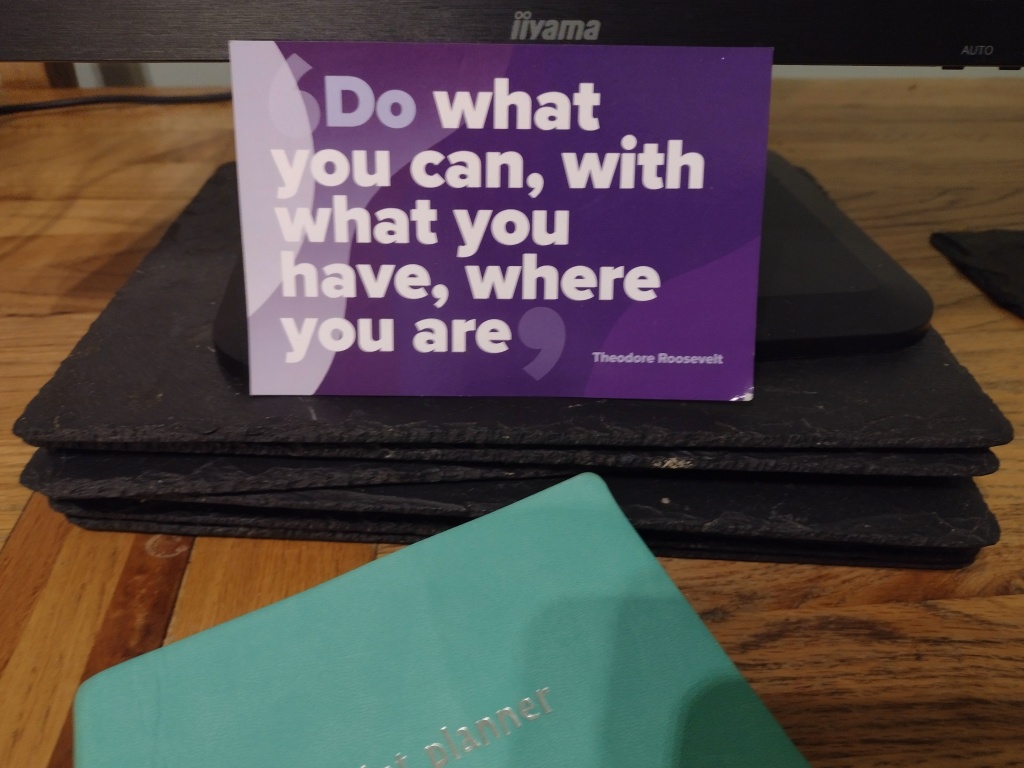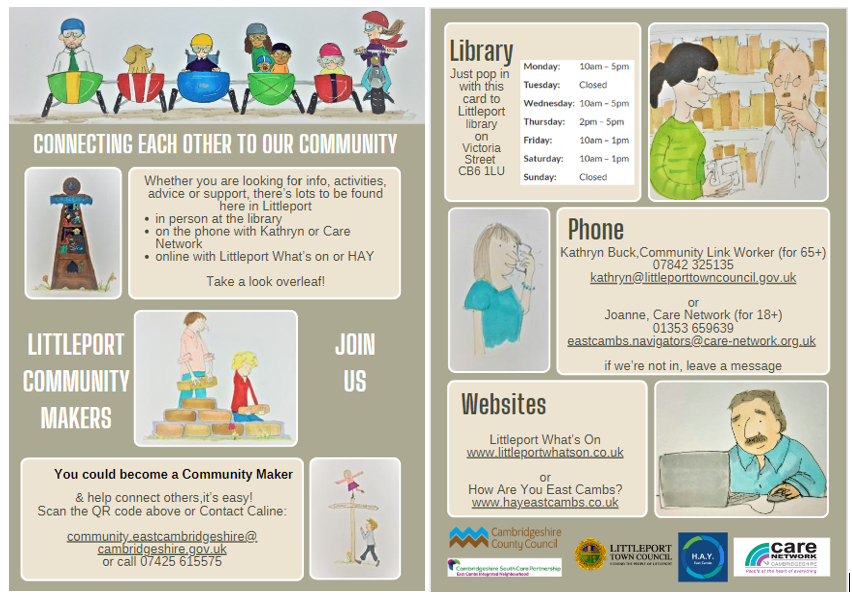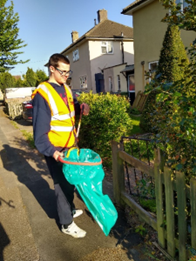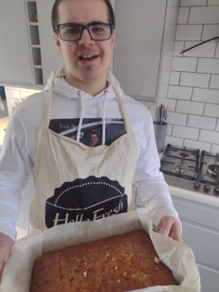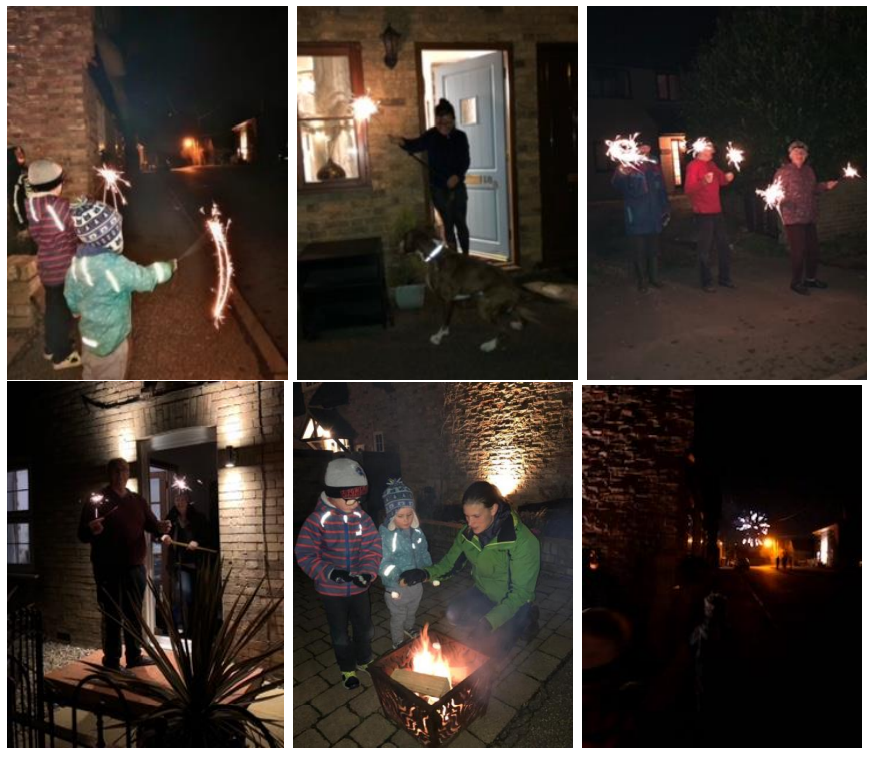by Wendy Lansdown On Twitter: @WendyLansdown

Rebel Alliance Breakfast: Left to right: Hilary, Donna, Zoe, Me, Ashling, Alice & Emily
You know how passing comments can sometimes really make you think? In reference to the last blog an old colleague of mine Rob Fountain (who is now COO at Lives Through Friends CIC) said how we need ‘Gappers’ like me. Not a term I’d heard before, he was referring to working in the space between services and the real world. As I pondered, I warmed to it and realised how much I love working in the gaps, how much opportunity there is, hidden potential, ready to be unleashed.
Personally, I need gaps for reflecting too, rarely impulsive, I tend to take time for my ideas to shape. But what I’m learning, is that sometimes it’s good to share reflections that aren’t fully formed, embracing and sharing the messy thoughts as we process them. So, having just got back from a nourishing day at the Liberated Method conference yesterday, that’s what I’ll try to put into practice here,…it also gives me an excuse for any less well thought through elements!
There was such rich learning in the day, jam packed with insights and opportunities to learn and meet amazing people … by the end the sense of excitement amongst us all to put learning into practice was palpable.
One of the big messages from Mark and his team is that so much of what they have achieved is agnostic of the system. Most of it could be done tomorrow. So, even more reason to get started!
And yet, despite starting the day brimming with ideas for things I could do to take the first step… as I sit down to write this having finished my first post-conference days’ work, I haven’t done anything different. I’ve replied to the emails, I’ve done some reporting, a bit of connecting and convening, fairly useful things, but not the first step towards putting learning into action. I expect I’m not alone, the pull of the status quo is strong. So I’m writing this to hold myself to account.
Yesterday began with an invite from Emily Brook to the beautifully titled ‘Rebel Alliance breakfast’. She grew up in our patch and has moved away, now working for Care City where she’s doing intriguing work alongside Alice (of Ageable CIC ). Emily holds a fondness for the fens, and we (Zoe, Ashling and I) are exploring whether there could be links to be made with our own work in the East Cambs Integrated Neighbourhood. To be joined by Donna and Hilary before they took the stage was a real treat… we were buzzing before the conference even began.
You could feel the camaraderie in the hall as you walked in, 250 folk with shared values, similar purpose and what Mark brilliantly coined ‘Furiousity’ to change the broken system….
In the hours that followed our brains were filled with so much ammunition for how to get started, the nuts and bolts of the Liberated Method. I’m not even going to try and tease them all out here (I couldn’t beat this webinar or this blog), except for a few key ingredients:
Three Rules and Five Principles (these remind me so much of Buurtzorg):
Rules
- Do no harm
- Stay Legal
- Agree purpose early
Principles
- Understand, not assess
- Pull for help (or refer and ‘hold’)
- Decisions about the work made in the work
- The caseworker/citizen set the scope
- The caseworker/citizen set the timescales
Having the rules and principles helps enable real agency for staff, who can follow the rules and be guided by the principles, whilst still having so much flex.
Approach
· The importance of relationships
· High support and high challenge
· Bespoke by default
· Minimising power dynamics
· Start with the person
Organisational requirements
· Having air cover to crack on.
· Giving space and flexibility to experiment and iterate
· Recruiting for values (more important than skills/experience)
· Measure success differently, no KPI’s
Common Themes
The Changing Futures Northumbria team have noticed that for many people they support what matters most to people is focused around three core themes:
1. Somewhere to Live
2. Something to Do
3. Someone to Love
True for us all. Somehow writing it down helps it sink home.
Top Tip
Focus on how the person engages the system and START
Starting…so obvious and so important. There was lots of references during the day to starting a social movement. I was reminded of the early days of working with Timebanks in Cambridgeshire. Somersham Parish Council the first in the country to choose to run a Timebank, and an equally progressive Housing Association, CHS, saw Timebanking as a way to build connection and neighbourliness across communities. Our team lent a hand to get them started and soon we were seeing the amazing things enabling people to exchange time within their communities can achieve.
We wanted to build a movement, but we weren’t sure how. A colleague inspired us with this film:
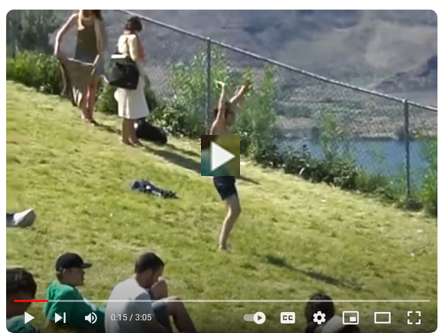
And here’s the TED talk where Derek Sivers explains the importance of the first, second and third followers. So that the leader isn’t alone dancing on the hill.
That gave us traction, we started talking about Timebanks everywhere we went, one of the Timebank coordinators was a gifted and compelling speaker, that helped! We shared stories, inviting people in to learn and get involved. And it worked by positive contagion, we soon had our second and third followers and before long our fourth and fifth, then in a couple of years we were into double figures. Each Timebank learning from the others, and each shaped to their own community.
Might there be a similar approach for the Liberated Method? Donna suggested that conference attendees commit to coming back together in six months’ time. I love that idea. How about…
· inviting back all of those of us who plan to act on what we have learnt.
· Ask us to bring a friend (could be either someone who loves the idea of the Liberated Method or someone who needs convincing!)
· Holding a conference with a shared learning focus. Perhaps use a more Unconference-y style approach, to share all we’re learning. Or as Matthew Mezey has suggested, perhaps using Liberated Structures?
Longer term creating a Human Learning Systems approach nationally around the whole thing could be interesting. We’ll need Toby Lowe’s brain to work out if/how to do that, or perhaps just grow the one that Changing Futures Northumbria already have in place and become our own countrywide Action Research Group?
Before heading to Newcastle I’d just started reading Rebecca Solnitt’s, Hope in the Dark and was looking forward to getting back to it, it feels like a really fitting read. Then I arrived home to find a gift from my brother had arrived which is tempting to dive into… the quote from Nigel Crisp on the back cover also fits the mood

‘(Sick Society) challenges us all to put aside our cynicism, world weariness and feelings of powerlessness and do something to make the world a better place’
I wish I was a speedy reader!
Thanks for the inspiration Mark and team, all the amazing contributors to the conference…and Rebecca and Andy too! Importantly, thank you to Bev and the team who pulled off the logistics of an amazing event, no mean feat.
It feels fitting to end this blog quoting Donna, in the same way as the last … Bring on the Rebel Alliance.

